Best Lemon Balm Companion Plants
Title: Best Lemon Balm Companion Plants
Introduction:
Lemon balm (Melissa officinalis) is a perennial herb that is native to Europe and Asia. It is known for its lemony scent and flavor, and has been used for centuries for its medicinal properties. Lemon balm is a member of the mint family, and like other mints, it can be invasive if not kept in check. However, it can also be a valuable companion plant for other herbs and vegetables.
Main Content:
Here are some of the best companion plants for lemon balm:
- Dill: Dill is a flowering plant that is related to carrots and celery. It has a strong, licorice-like scent that helps to repel pests such as cabbage moths, aphids, and spider mites. Dill also helps to attract beneficial insects such as ladybugs and hoverflies.
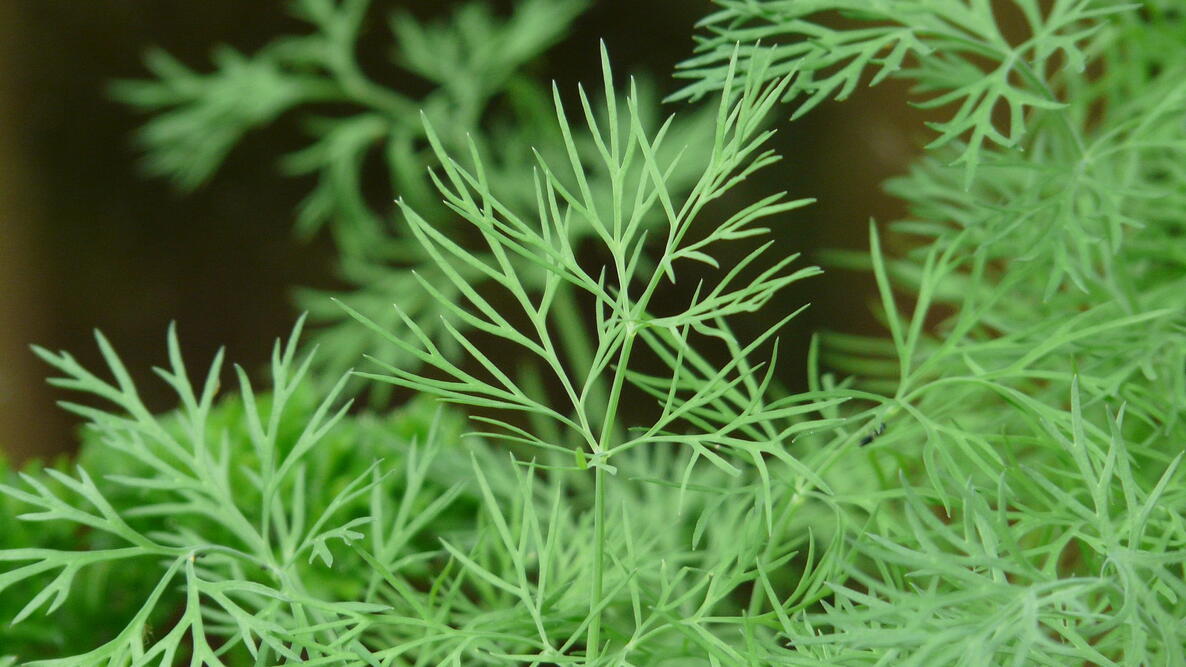
- Basil: Basil is another member of the mint family, and it is a good companion plant for lemon balm because they have similar growing conditions. Basil helps to repel mosquitoes and other flying insects, and it also helps to improve the flavor of tomatoes.
- Squash: Squash plants are susceptible to a number of pests, such as squash bugs and cucumber beetles. Lemon balm helps to repel these pests, and it also helps to improve the pollination of squash flowers.
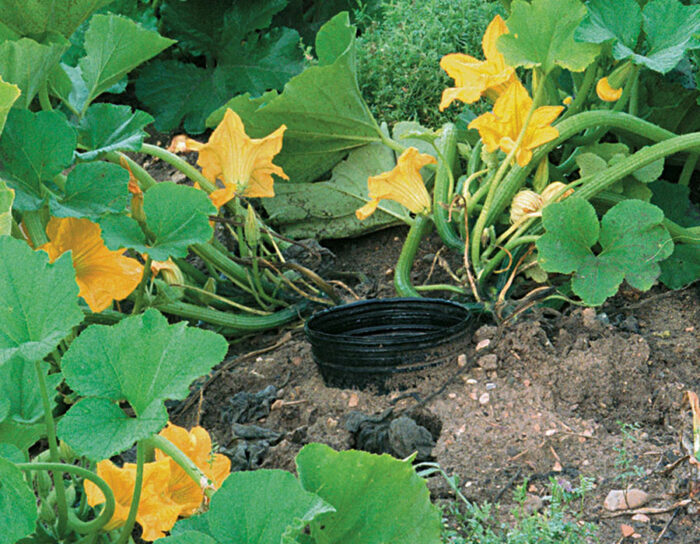
- Tomatoes: Tomatoes are another vegetable that benefits from the presence of lemon balm. Lemon balm helps to repel tomato hornworms and other pests, and it also helps to improve the flavor of tomatoes.
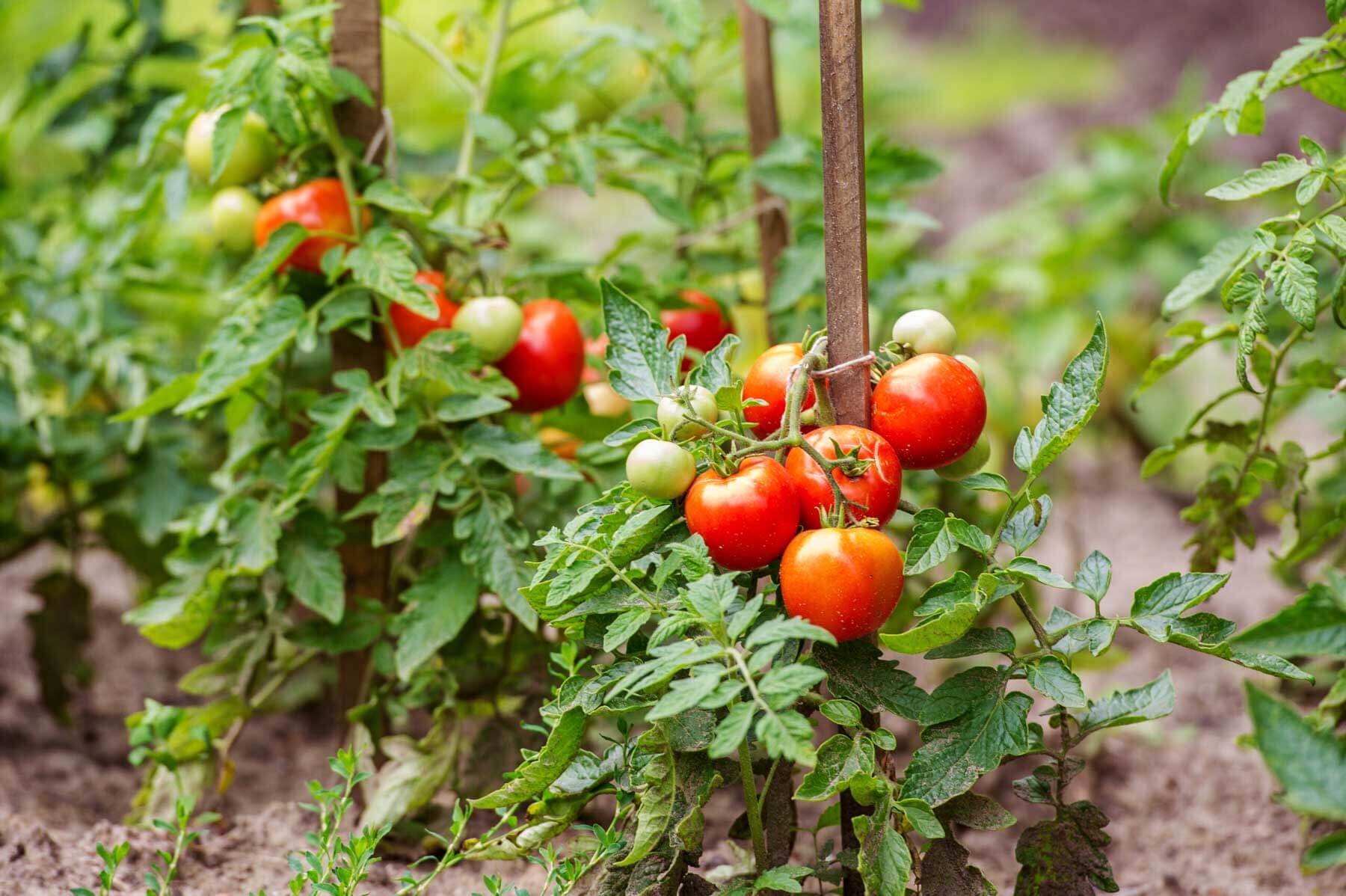
- The Brassica family: This family includes vegetables such as broccoli, cabbage, cauliflower, and kale. Lemon balm helps to repel cabbage moths and other pests that target these vegetables.

- Peas: Peas are a nitrogen-fixing plant, which means that they help to improve the nitrogen content of the soil. This benefits lemon balm, as well as other plants in the garden.
- Beets: Beets are another nitrogen-fixing plant, and they also help to attract beneficial insects such as ladybugs and hoverflies. These insects help to control pests, which benefits lemon balm and other plants in the garden.
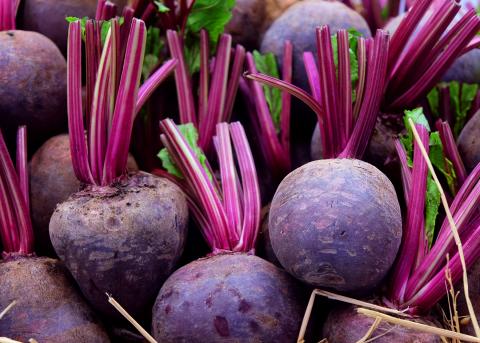
- Allium plants: This family includes vegetables such as onions, garlic, and chives. Allium plants help to repel pests such as aphids, spider mites, and carrot rust flies. They also help to improve the flavor of other vegetables, such as tomatoes.
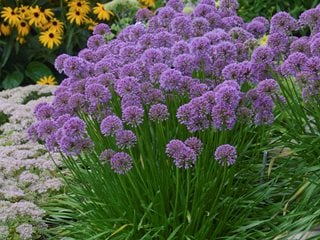
- Okra: Okra is a tall, leafy plant that is susceptible to a number of pests, such as aphids, spider mites, and beetles. Lemon balm helps to repel these pests, and it also helps to improve the pollination of okra flowers.
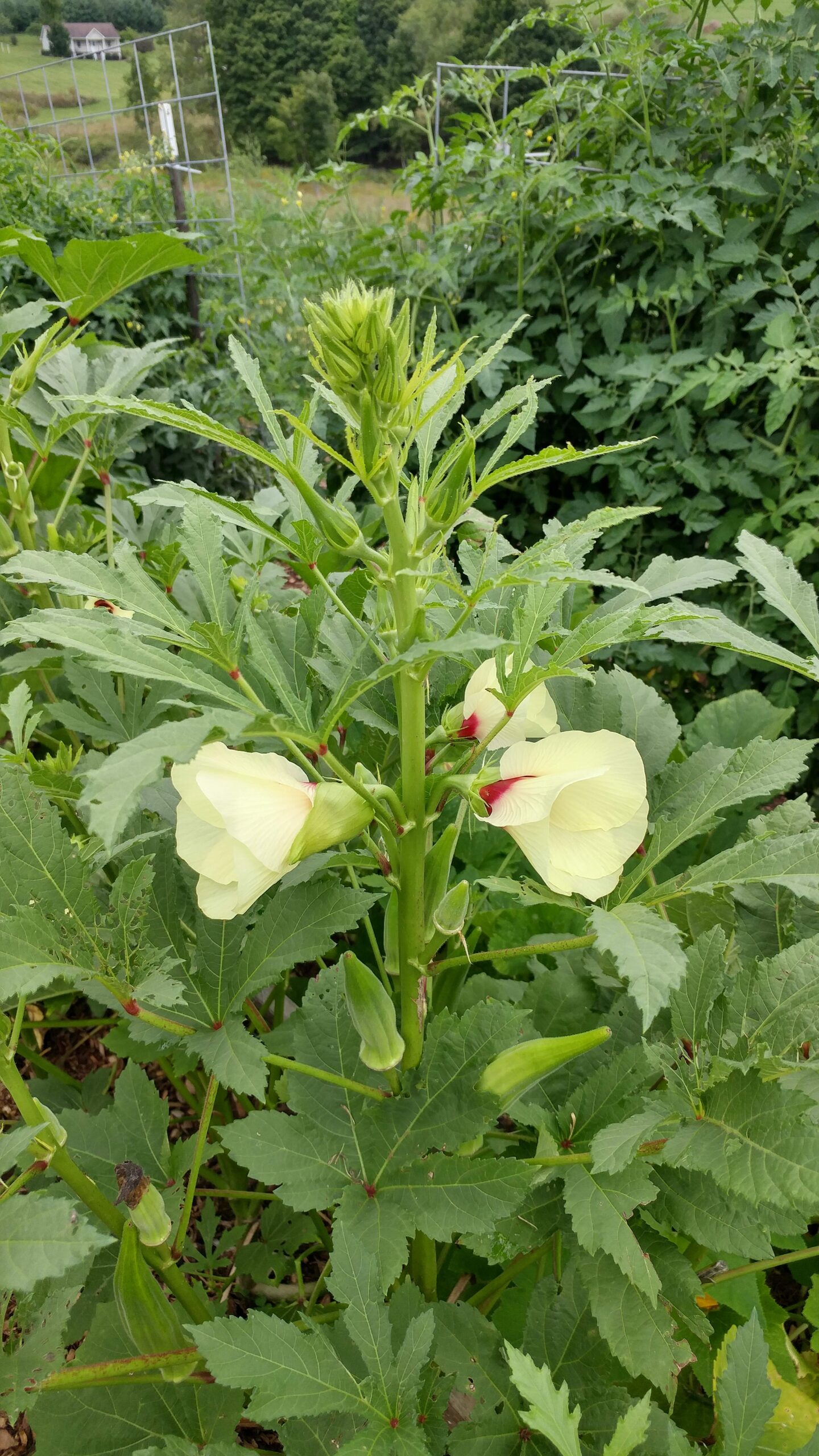
- Fruit trees: Lemon balm can be planted near fruit trees to help repel pests such as aphids, spider mites, and moths. It also helps to attract beneficial insects such as ladybugs and hoverflies.
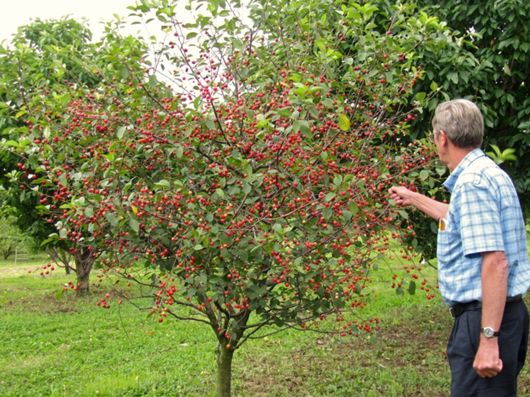
- Thyme: Thyme is a herb that is known for its strong, earthy scent. This scent helps to repel pests such as mosquitoes, ants, and fleas. Thyme also helps to improve the flavor of other herbs, such as oregano and rosemary.
- Melons: Lemon balm helps to attract pollinators such as bees and butterflies, which helps to improve the pollination of melons. It also helps to repel pests such as cucumber beetles and squash bugs.
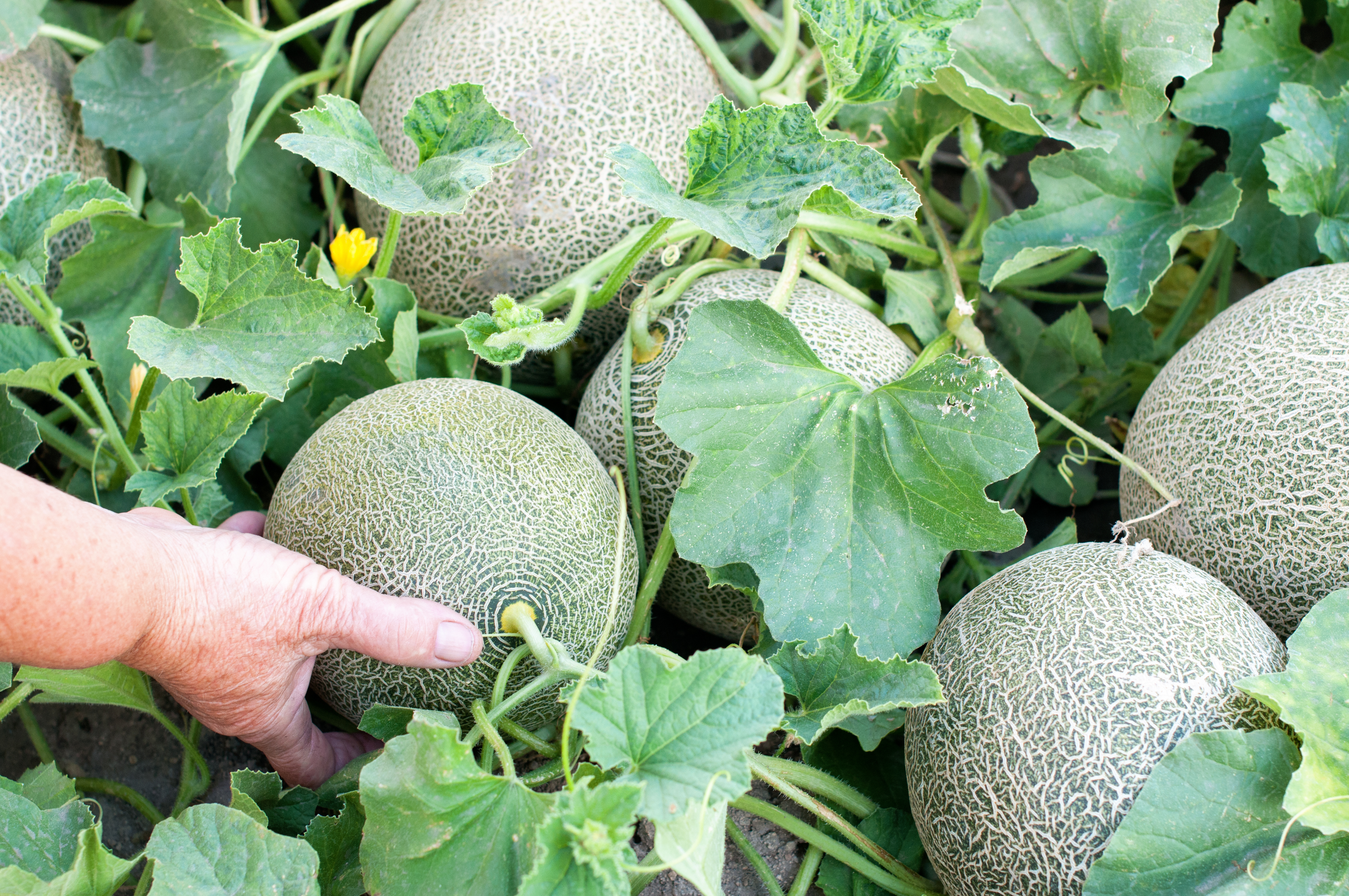
Conclusion:
Lemon balm is a versatile herb that can be used in a variety of ways. It is also a valuable companion plant for other herbs and vegetables. By planting lemon balm near other plants, you can help to deter pests, attract beneficial insects, and improve the overall health of your garden.
Lemon balm is a versatile herb that can be used in a variety of ways. It is also a great companion plant for many other herbs and vegetables. Some of the best companion plants for lemon balm include:
- Basil: Basil and lemon balm are both members of the mint family, and they grow well together. Basil helps to repel pests from lemon balm, and lemon balm helps to improve the flavor of basil.
- Dill: Dill and lemon balm are both annual herbs that attract pollinators. They can be planted together to attract bees, butterflies, and other beneficial insects to the garden.
- Squash: Lemon balm helps to repel pests from squash plants, such as squash bugs and cucumber beetles. It can also help to improve the flavor of squash.
- Tomatoes: Lemon balm helps to repel pests from tomatoes, such as aphids and whiteflies. It can also help to improve the flavor of tomatoes.
- Broccoli: Lemon balm helps to repel pests from broccoli plants, such as cabbage moths and cabbage loopers. It can also help to improve the flavor of broccoli.
For more information about lemon balm companion plants, visit Home Gardening.
FAQ of lemon balm companion plants
Frequently Asked Questions About Lemon Balm Companion Plants
- What are the best companion plants for lemon balm?
Some of the best companion plants for lemon balm include:
Dill: Dill helps to repel pests such as aphids and cabbage moths.
Basil: Basil helps to repel mosquitoes and other insects.
Squash: Squash helps to improve the flavor of lemon balm.
Tomatoes: Tomatoes help to repel nematodes.
Brassicas: Brassicas, such as broccoli, cauliflower, and cabbage, help to attract beneficial insects that prey on pests.
Peas: Peas help to add nitrogen to the soil, which can benefit lemon balm.
Beets: Beets help to improve the drainage of the soil, which can prevent lemon balm from getting root rot.
Lettuce: Lettuce helps to suppress weeds.
Allium plants: Allium plants, such as garlic, onions, and chives, help to repel pests such as deer and rabbits.
What are some flowers that can be planted with lemon balm?
Lemon balm can be planted with a variety of flowers, including:
Marigolds: Marigolds help to repel pests such as aphids and nematodes.
Cosmos: Cosmos helps to attract beneficial insects that prey on pests.
Rudbeckia: Rudbeckia helps to attract butterflies and other pollinators.
Echinacea: Echinacea helps to boost the immune system of other plants.
Sweet peas: Sweet peas help to add color and fragrance to the garden.
Bee balm: Bee balm is a relative of lemon balm and helps to attract beneficial insects.
Chamomile: Chamomile helps to calm and relax the mind.
Borage: Borage helps to attract bees and other pollinators.
What plants should not be planted near lemon balm?
Some plants that should not be planted near lemon balm include:
Lavender: Lavender can suppress the growth of lemon balm.
Fennel: Fennel can compete with lemon balm for water and nutrients.
Black walnut trees: Black walnut trees release a chemical called juglone that can inhibit the growth of lemon balm.
How far apart should lemon balm plants be planted?
Lemon balm plants should be spaced about 18 inches apart to allow them to grow properly.
- How much sunlight does lemon balm need?
Lemon balm needs full sun to partial shade.
- What kind of soil does lemon balm need?
Lemon balm prefers well-drained, loamy soil.
- How often should lemon balm be watered?
Lemon balm needs regular watering, especially during hot, dry weather.
- How can I propagate lemon balm?
Lemon balm can be propagated by dividing the roots, taking stem cuttings, or sowing seeds.
- How can I harvest lemon balm?
Lemon balm leaves can be harvested throughout the growing season. To harvest, simply snip off the leaves from the top of the plant.
- How can I store lemon balm?
Fresh lemon balm leaves can be stored in the refrigerator for up to 3 days. Lemon balm leaves can also be dried for later use. To dry lemon balm, simply spread the leaves out on a drying rack in a cool, dark place. Once the leaves are dry, they can be stored in an airtight container for up to 6 months.
Image of lemon balm companion plants
10 different images of lemon balm companion plants that are free to use:
- Cosmos. Cosmos are a type of flower that is known for its bright colors and daisy-like petals. They are a good companion plant for lemon balm because they help to repel pests such as aphids and whiteflies.
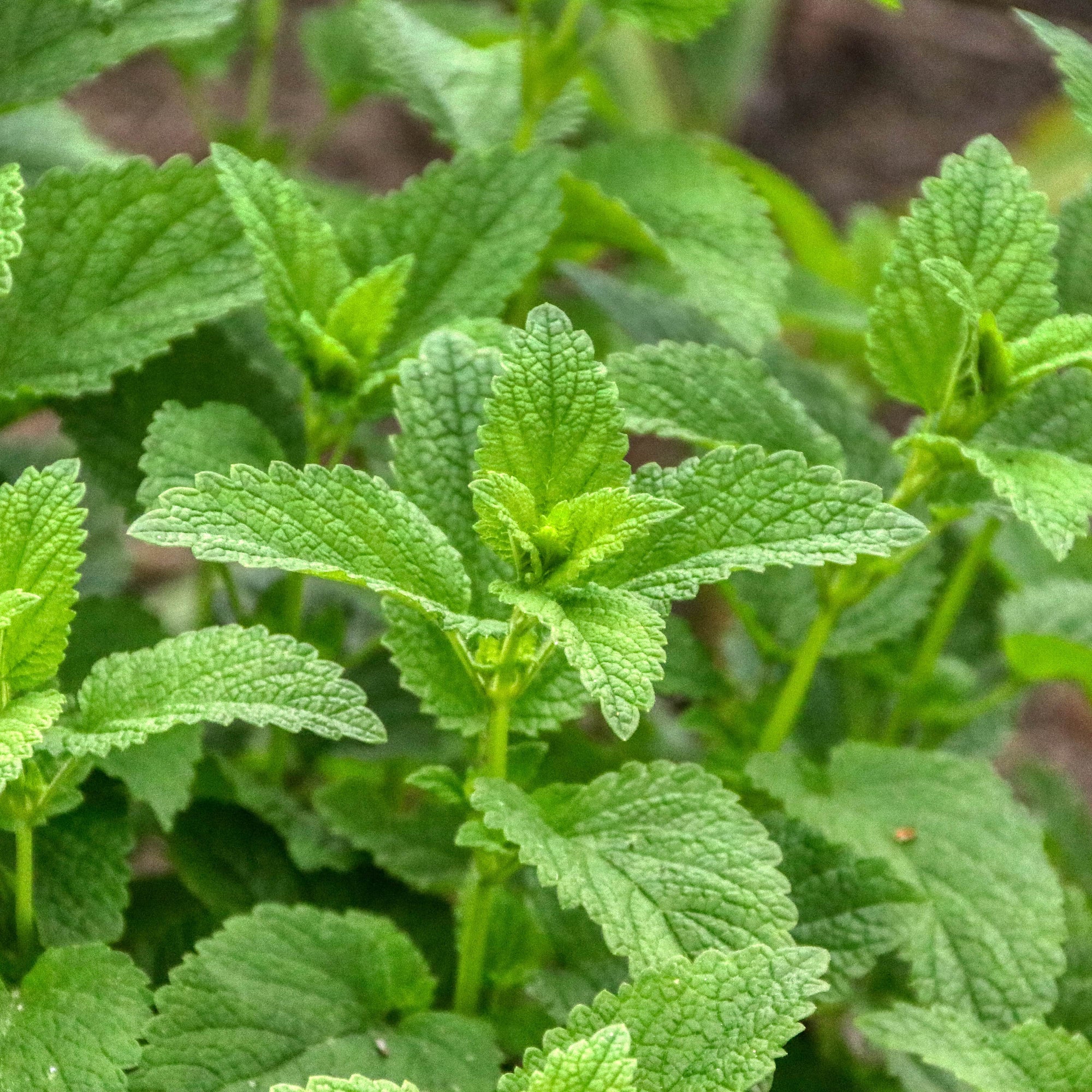
- Poppies. Poppies are another type of flower that is a good companion plant for lemon balm. They help to attract pollinators such as bees and butterflies, which can help to improve the pollination of both plants.

- Rudbeckia. Rudbeckia is a type of daisy-like flower that is known for its bright yellow petals. It is a good companion plant for lemon balm because it helps to attract pollinators and repel pests.

- Echinacea. Echinacea is a type of flowering plant that is known for its purple or pink petals and spiky center. It is a good companion plant for lemon balm because it helps to attract pollinators and repel pests.

- Sweet peas. Sweet peas are a type of flowering plant that is known for its sweet fragrance and colorful blooms. They are a good companion plant for lemon balm because they help to attract pollinators and repel pests.

- Bee balm. Bee balm is a type of mint plant that is known for its bright red flowers. It is a good companion plant for lemon balm because it helps to attract pollinators and repel pests.

- Chamomile. Chamomile is a type of flowering plant that is known for its daisy-like flowers and calming properties. It is a good companion plant for lemon balm because it helps to attract pollinators and repel pests.

- Borage. Borage is a type of flowering plant that is known for its blue or purple flowers and cucumber-like leaves. It is a good companion plant for lemon balm because it helps to attract pollinators and repel pests.

- Nasturtiums. Nasturtiums are a type of flowering plant that is known for its bright orange, yellow, or red flowers and peppery leaves. They are a good companion plant for lemon balm because they help to attract pollinators and repel pests.

- Marigolds. Marigolds are a type of flowering plant that is known for its bright orange, yellow, or red flowers. They are a good companion plant for lemon balm because they help to attract pollinators and repel pests.

Post a Comment for " Best Lemon Balm Companion Plants"